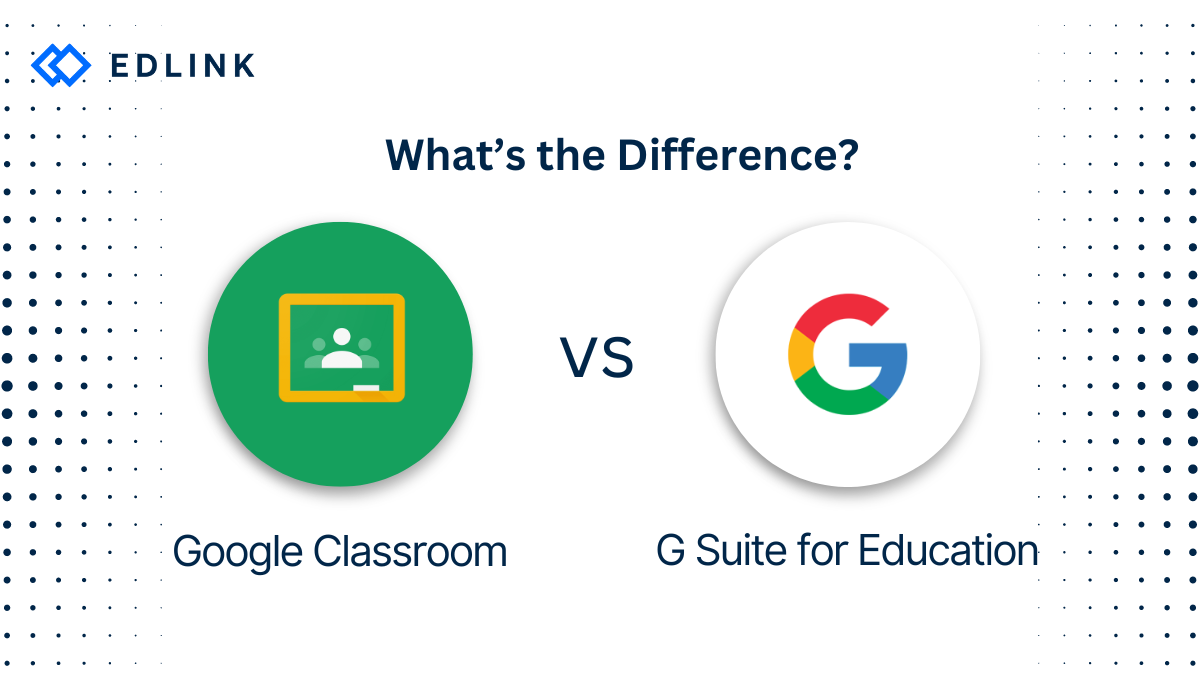Update | Since publishing this article, G Suite rebranded to Google Workspace. You can read about it here.
Over the past decade, Google devoted an increasing level of effort towards the educational market. Between its school-oriented Chromebook deployments and suite of educational services, Google has cemented itself as a true player in education, rivaling both Microsoft's and Apple's footholds in the sector. Two of Google's major releases into education include Google Classroom and G Suite for Education. These services get confused. So, we’ll try to make the distinction more clear.
What is Google Classroom?
Classroom is Google's free-to-use learning management system (LMS). The platform allows teachers to manage and distribute digital classroom materials to their courses. Teachers can create and assign quizzes and assignments to their students. Student outcomes are also recorded in an exportable gradebook.
The Google Classroom API allows third-party developers to create applications that integrate with the platform. The application uses OAuth 2.0 to authenticate users. After doing so, the application can use the API to retrieve user data or act on behalf of the user. For example, a teacher who uses their Google-linked Classroom account to sign into an application could create assignments that are sent back to their courses in Classroom. Then students can access the assignment within Google Classroom and grades can be sent back to the teachers gradebook.
What is G Suite for Education?
G Suite for Education is Google's suite of products geared towards the educational market. School IT administrators manage the suite by provisioning accounts for users at their school and managing user permissions. Admins can place restrictions on how outside applications access their teacher and student data.
Google also offers G Suite Enterprise for Education, which includes extra paid features not found in the basic G Suite platform. The Enterprise solution offers increased conferencing capabilities, enhanced support, and more advanced security options.
G Suite for Education admins can install the Google School Directory Sync (SDS) onto their servers. Then admins can import data between their student information system (SIS) and G Suite. Running the SDS will provision new accounts for teachers and students in G Suite based on the enrollment data stored in the SIS. The SDS will also create courses and users in the school's Google Classroom domain. G Suite admins can sync data from their SIS by importing a CSV file of the SIS data in the OneRoster format.
Read More on Google Classroom
Here's other articles we've written on Google Classroom and integrating with it:
Google Classroom Article Library
Learn More about Edlink
If you’re looking for a partner who can help guide you to develop a Google Classroom integration, then let’s introduce ourselves. We’re Edlink!
What is the Edlink Unified API?

